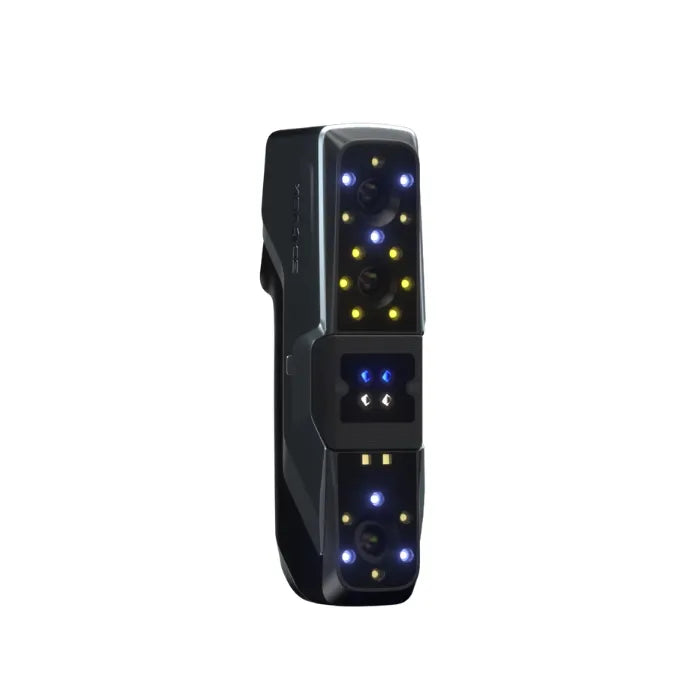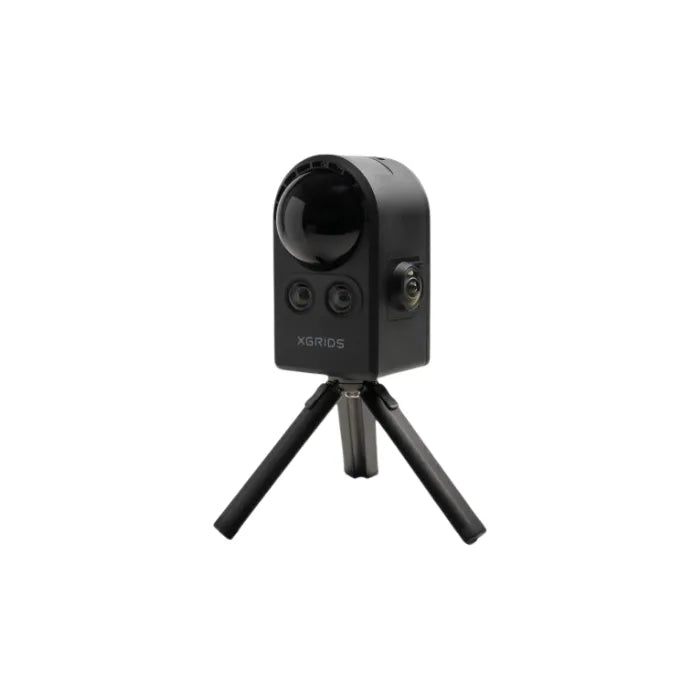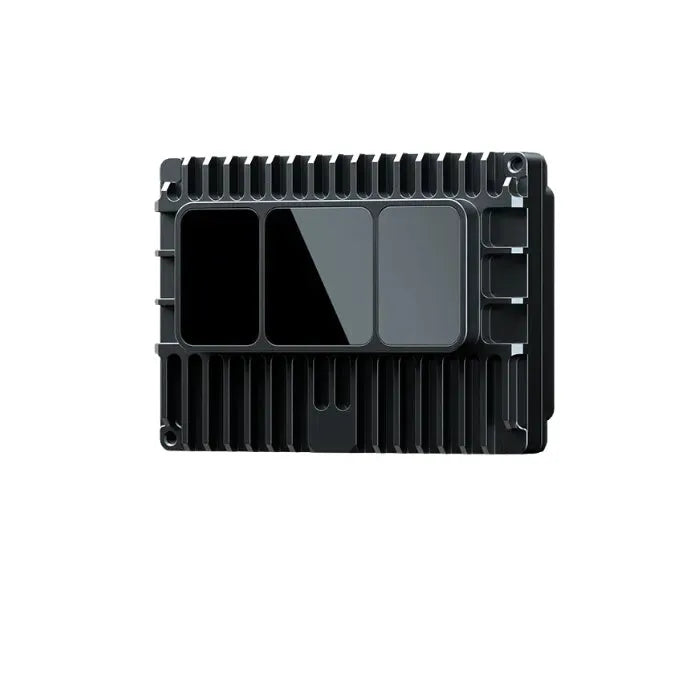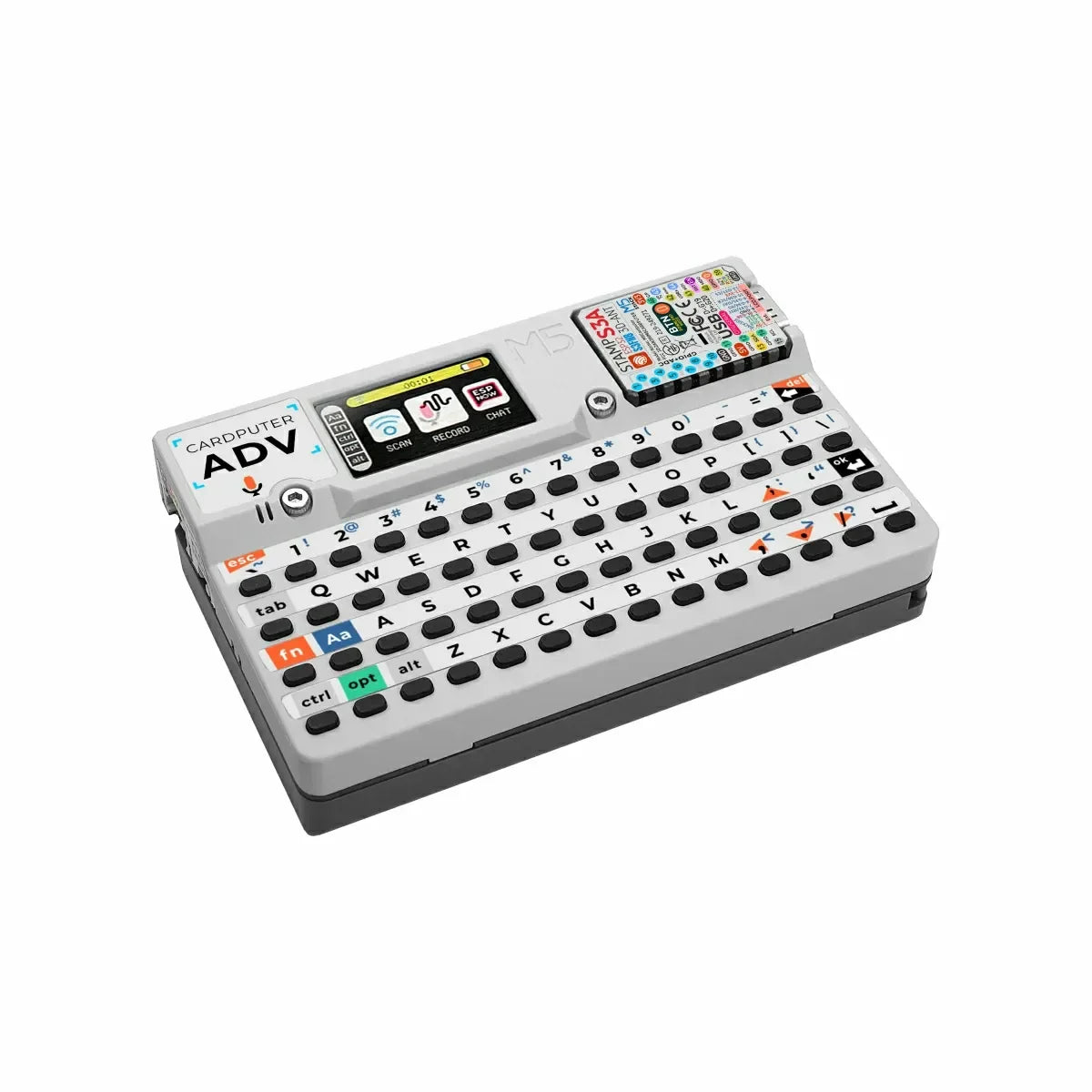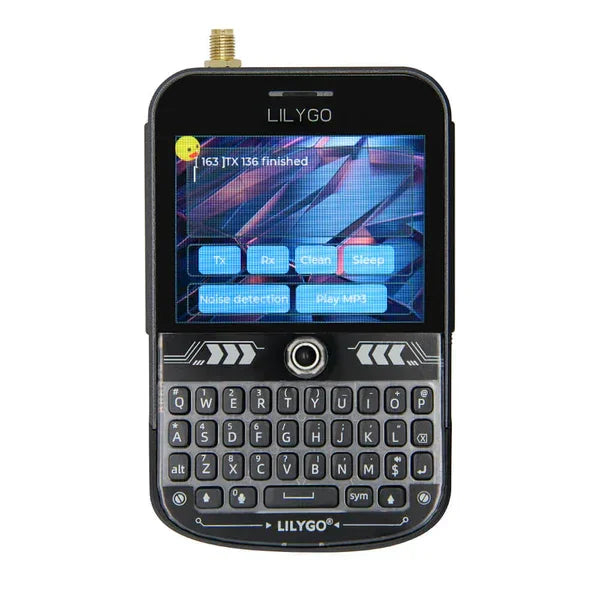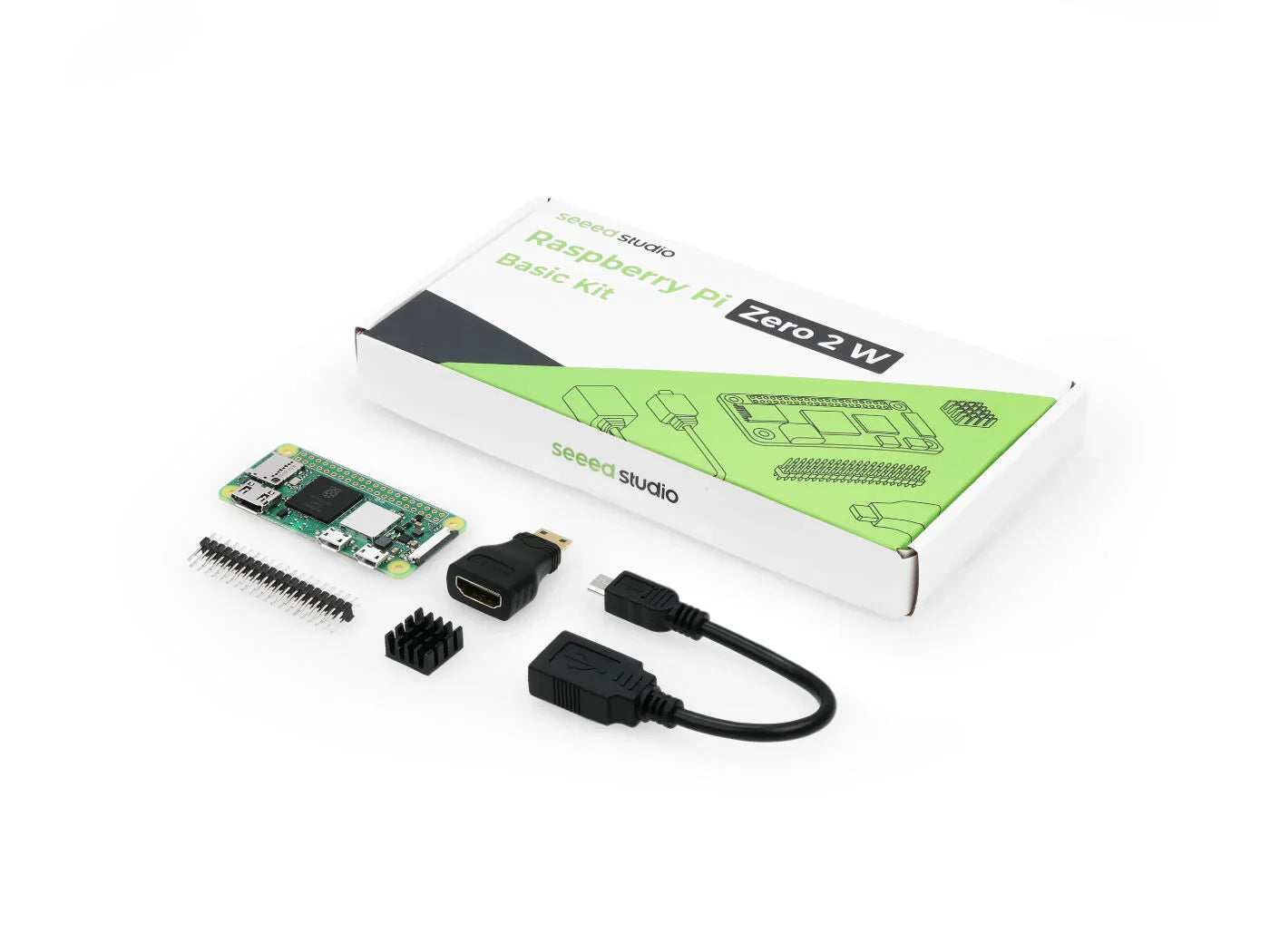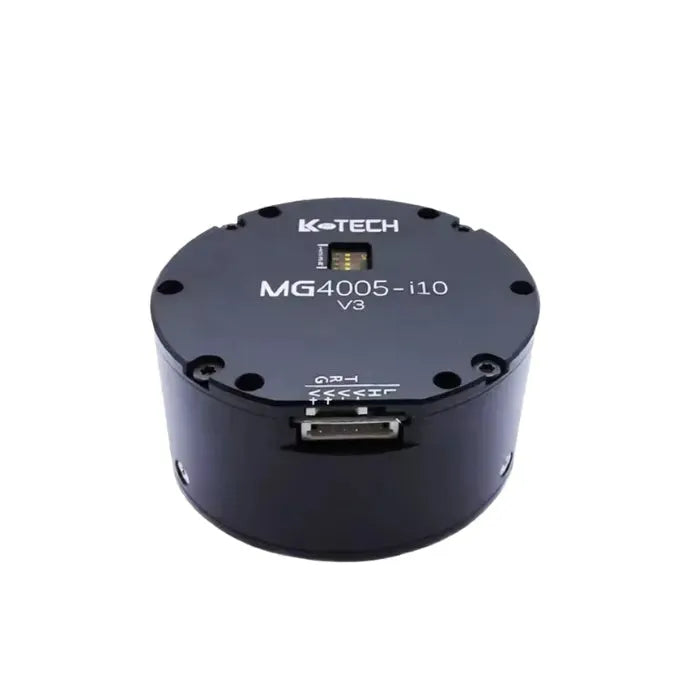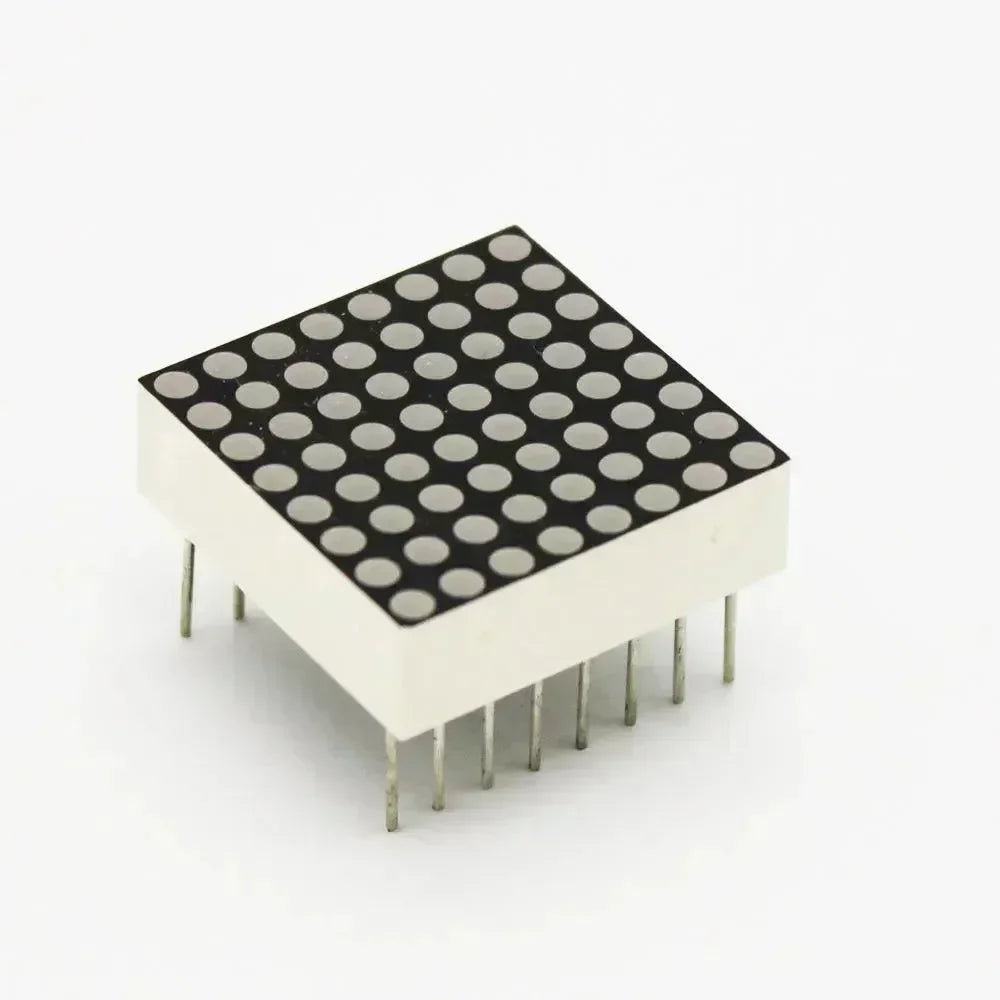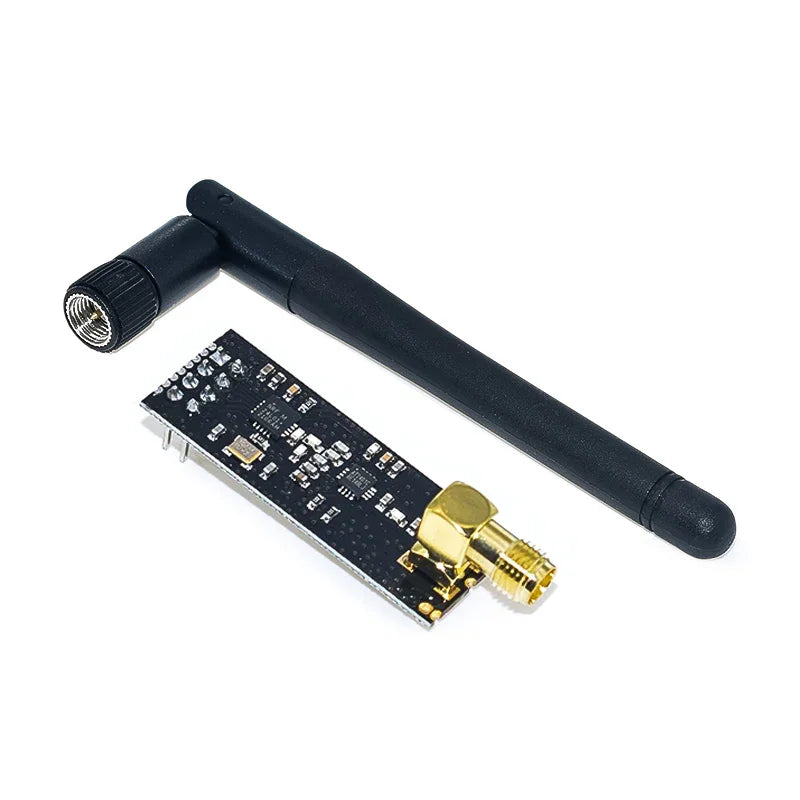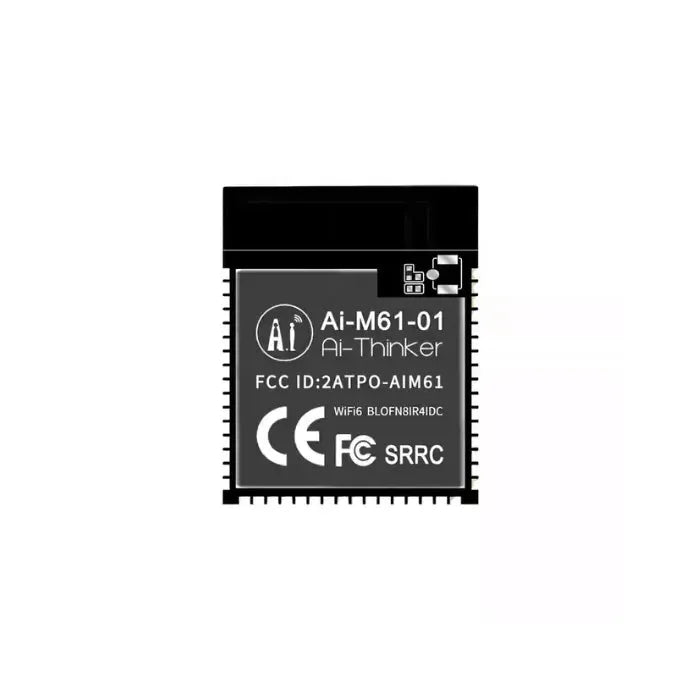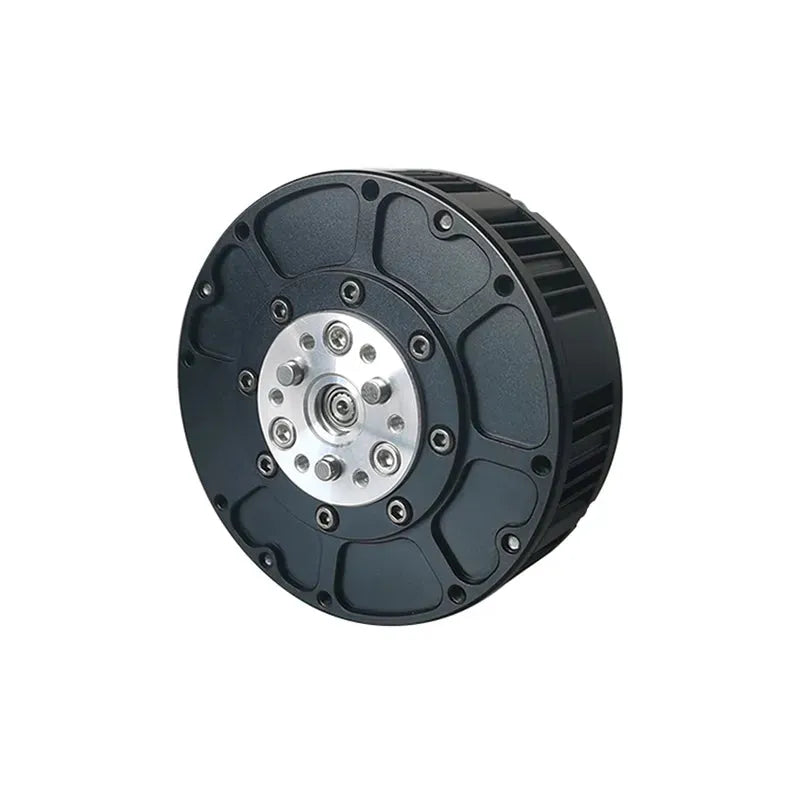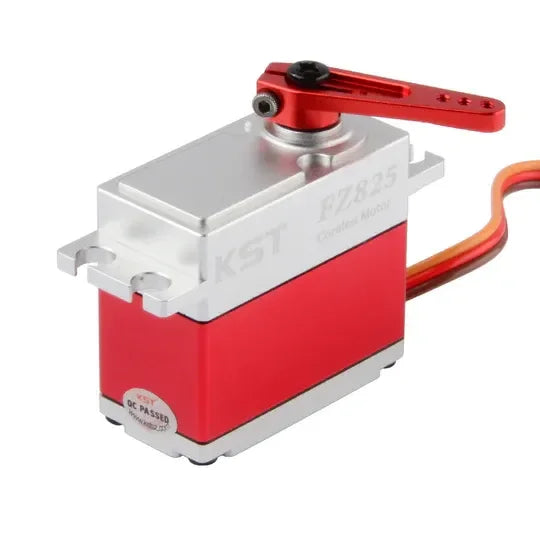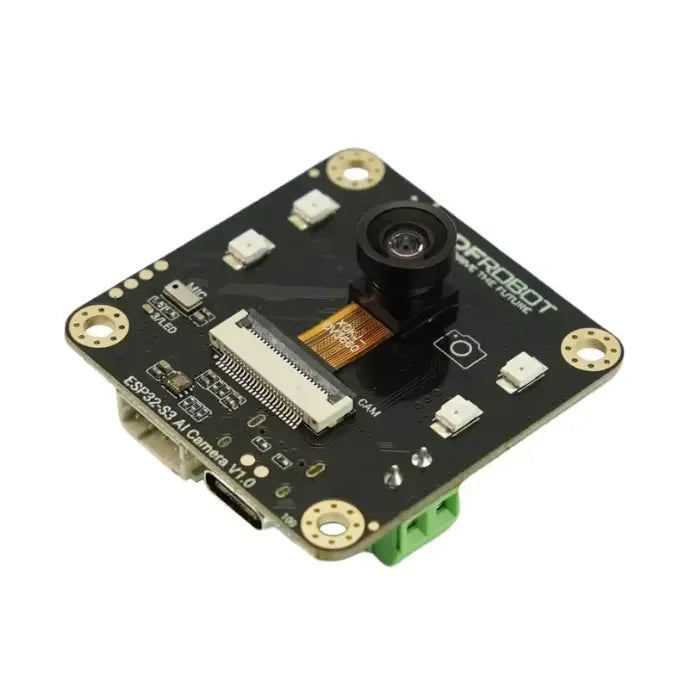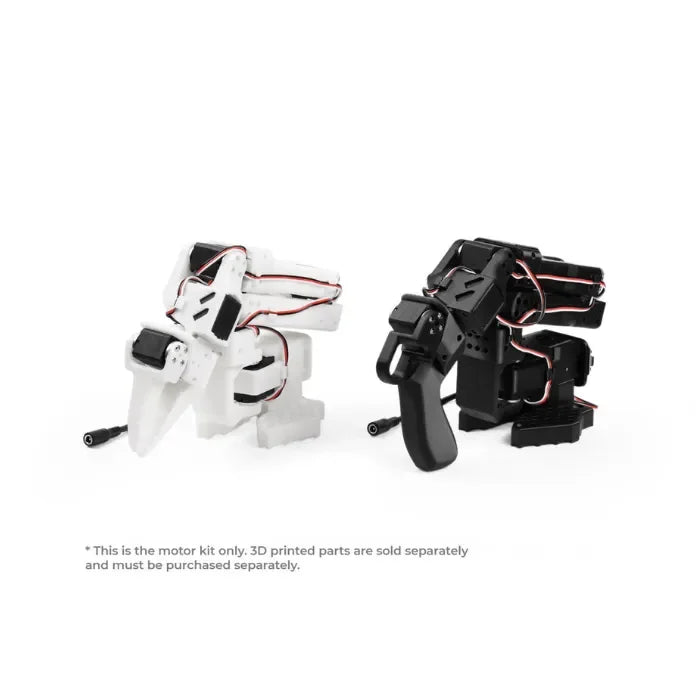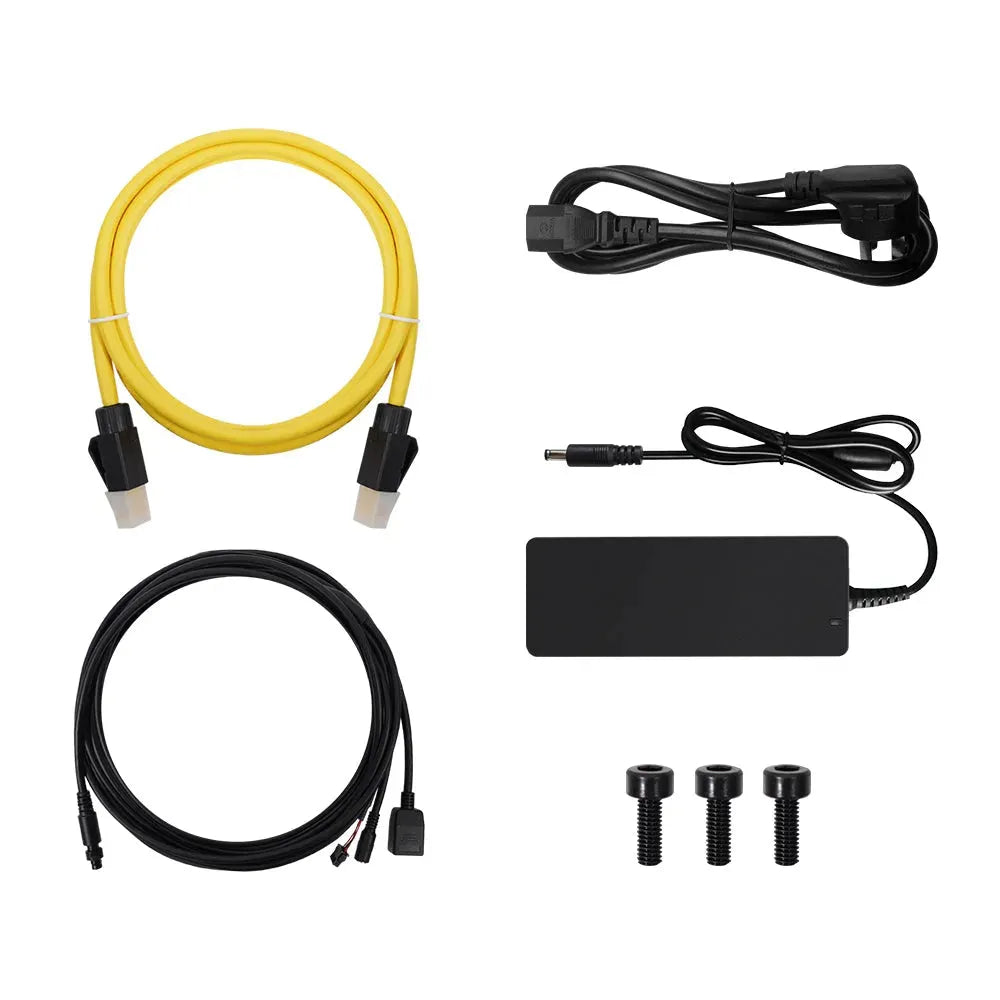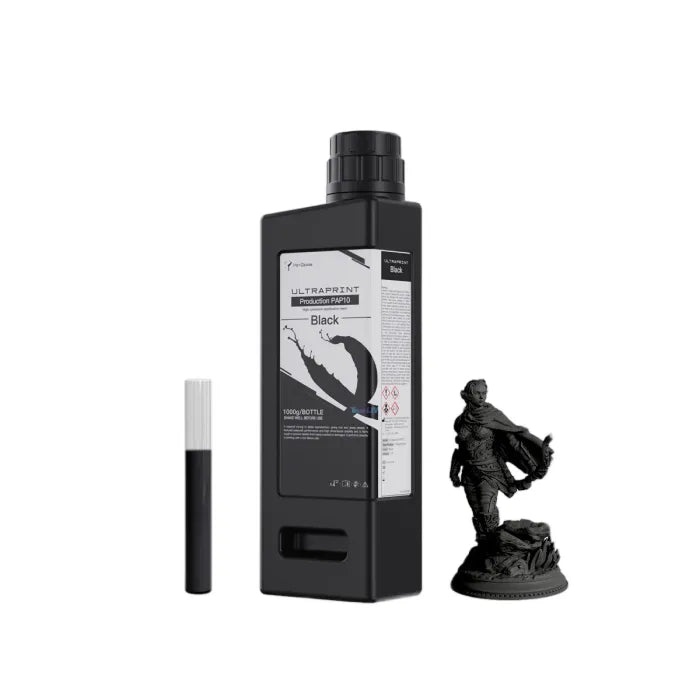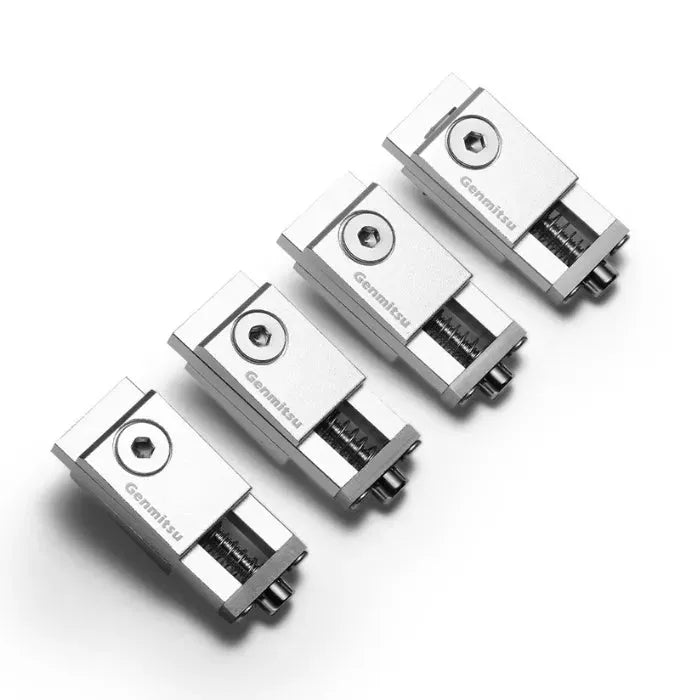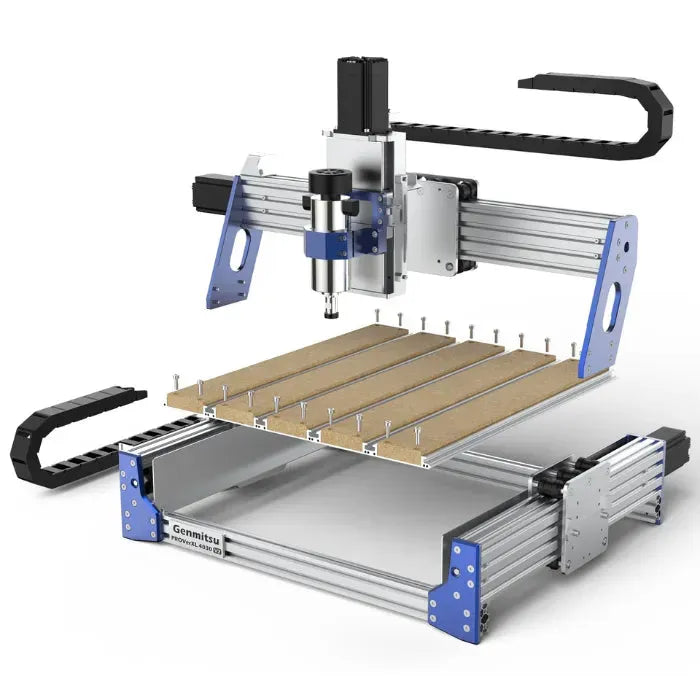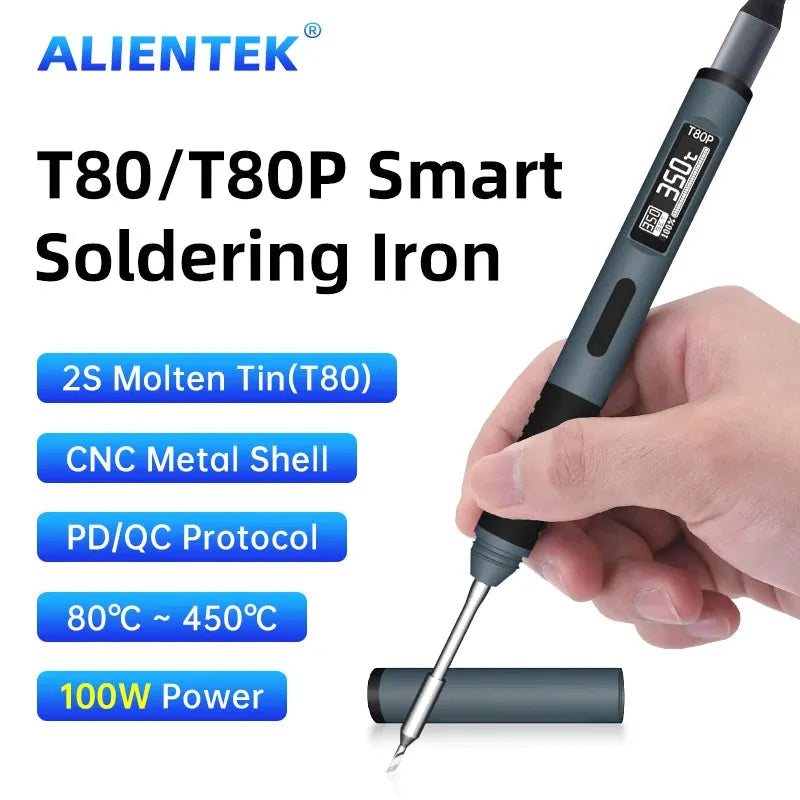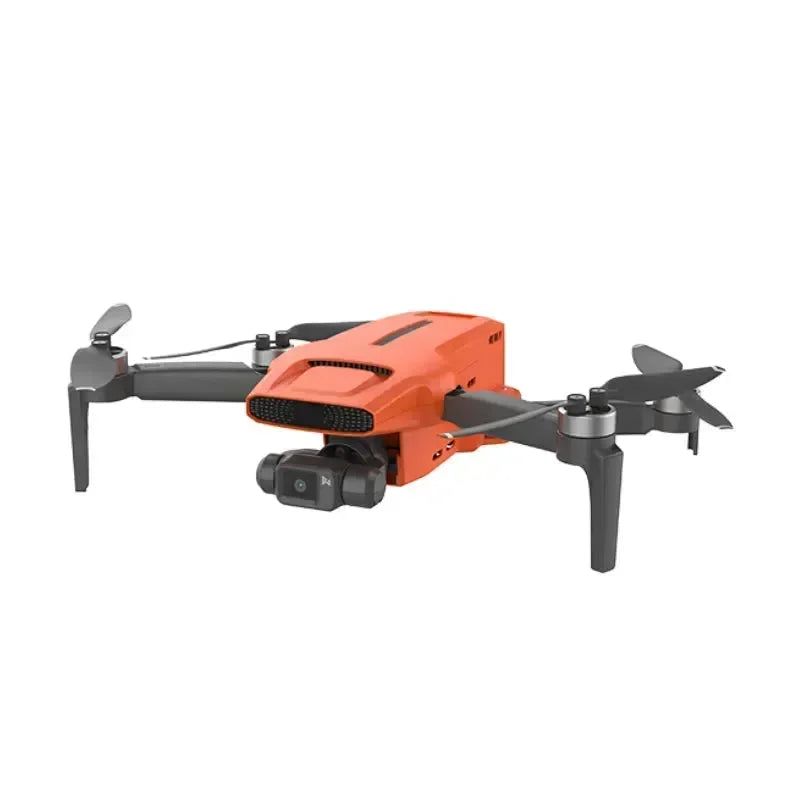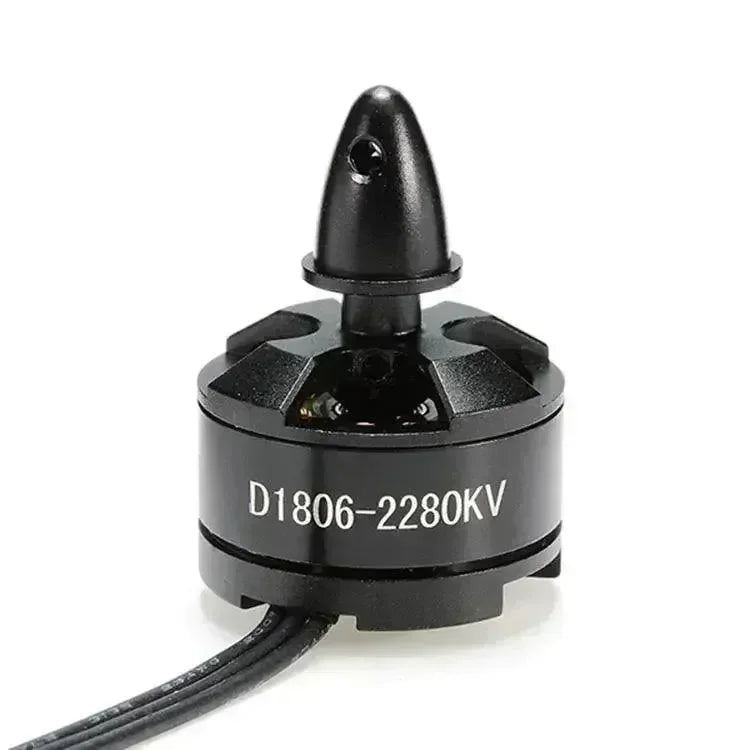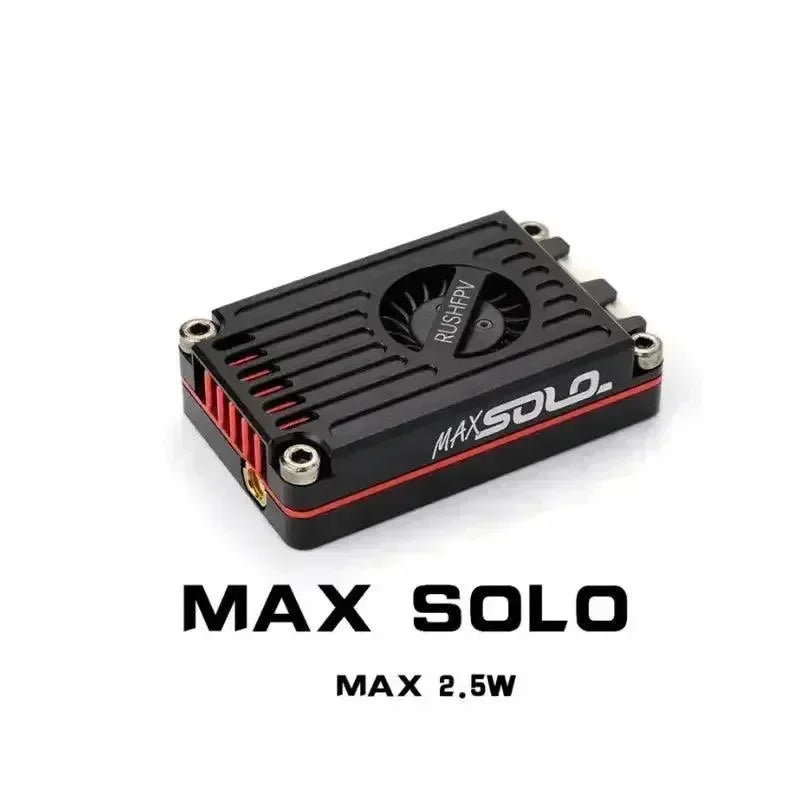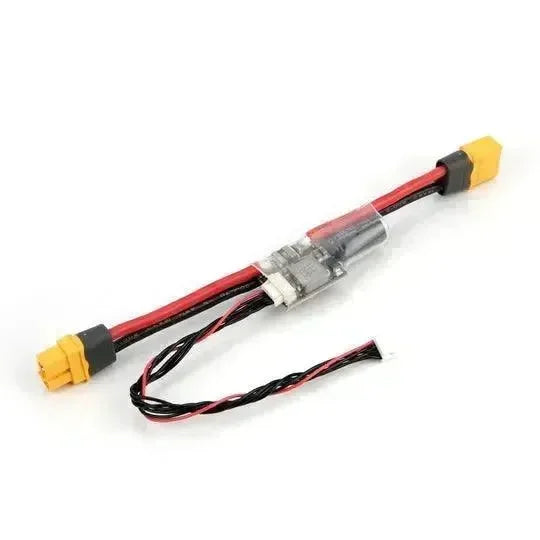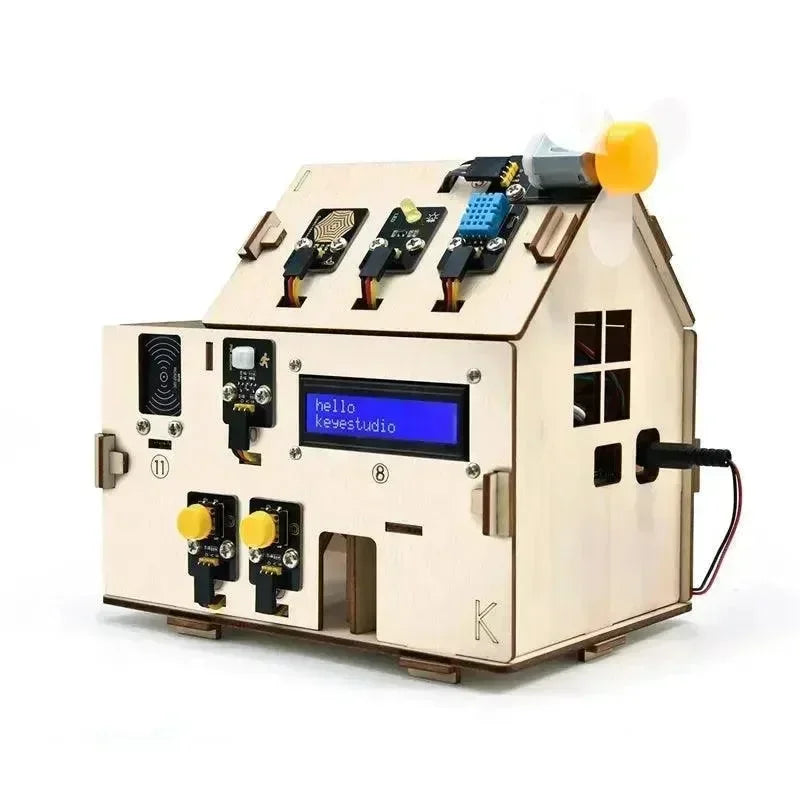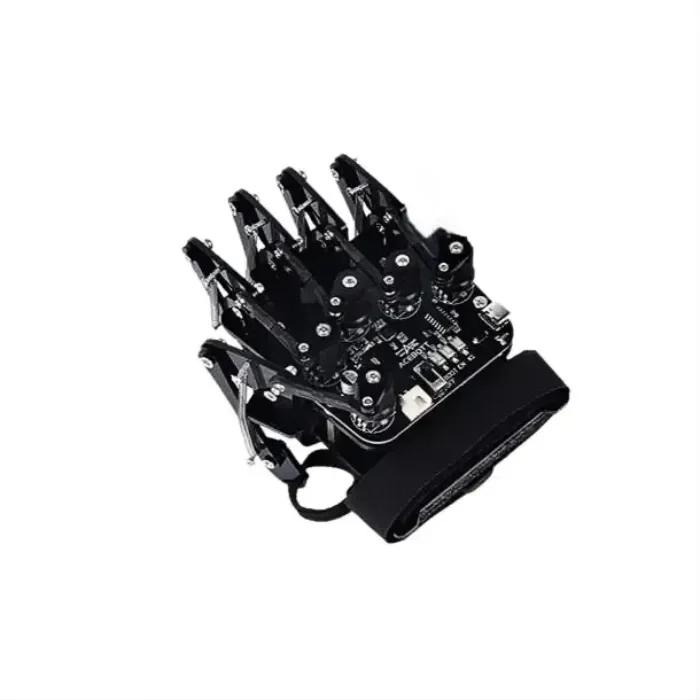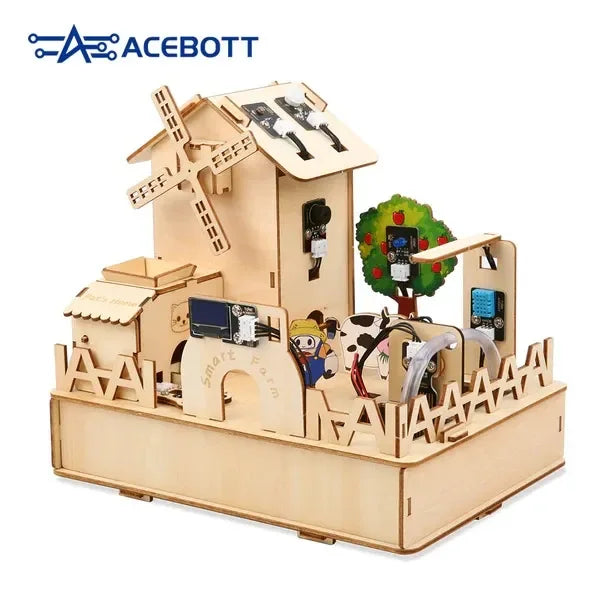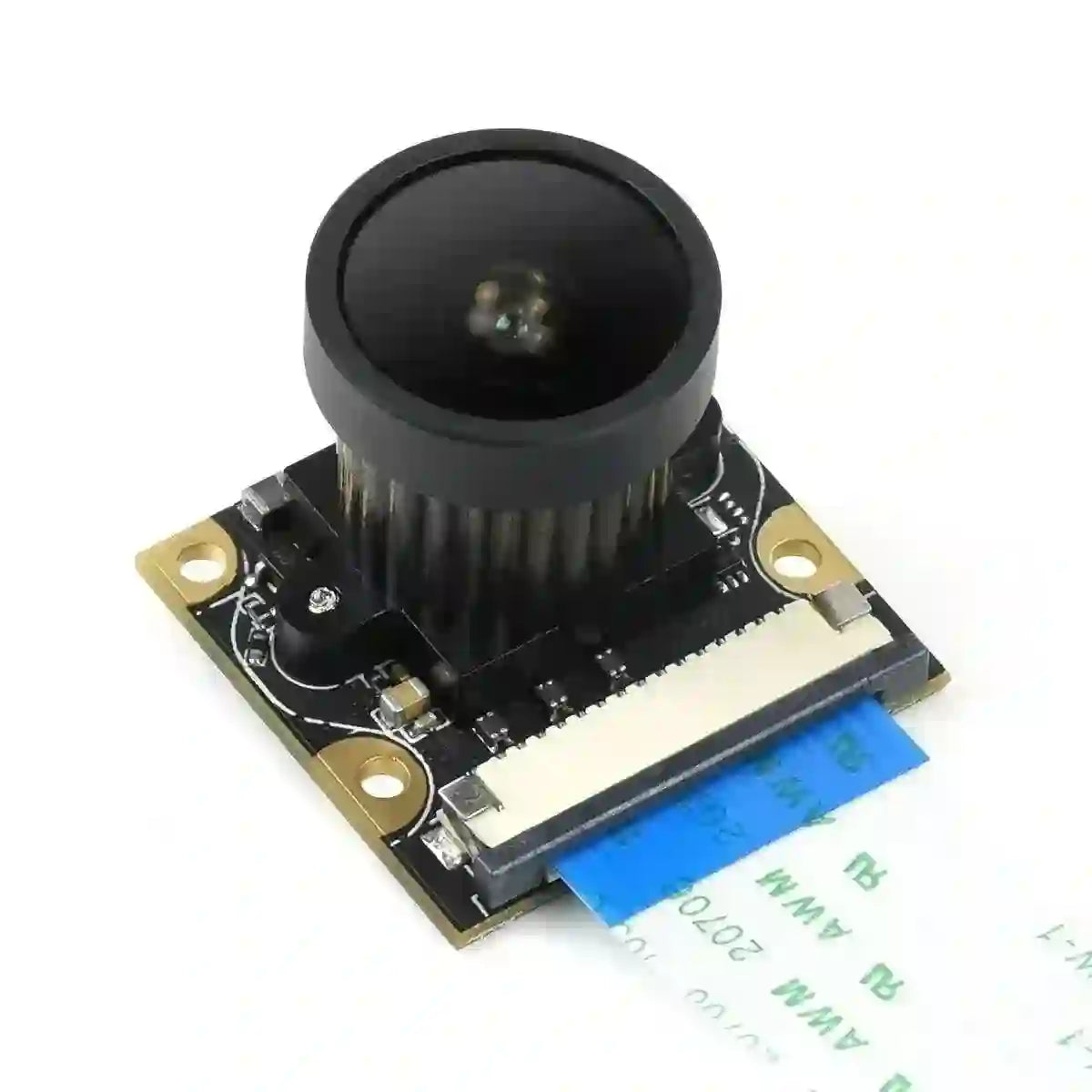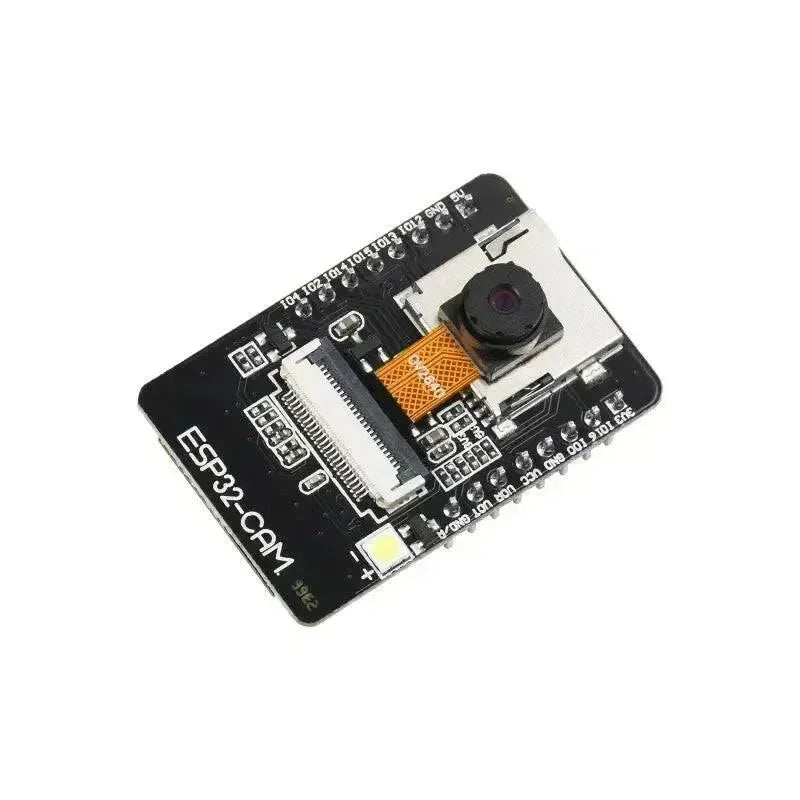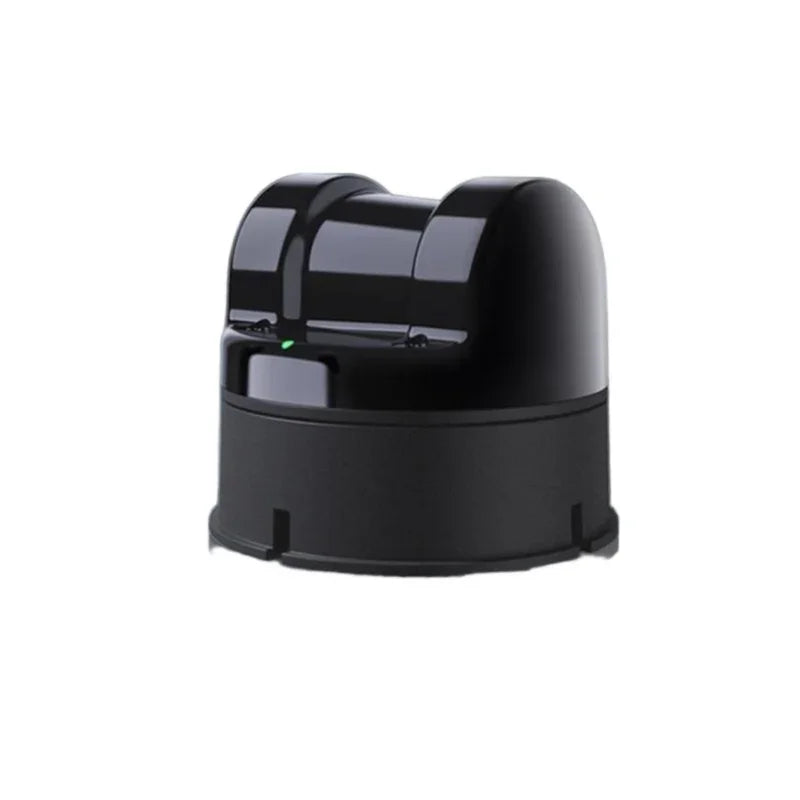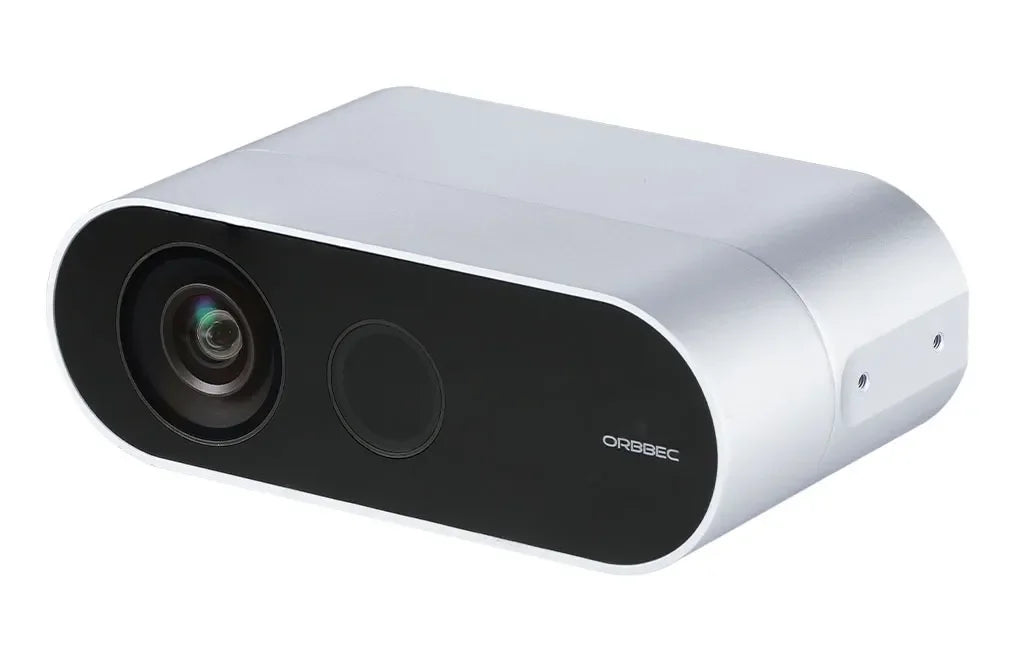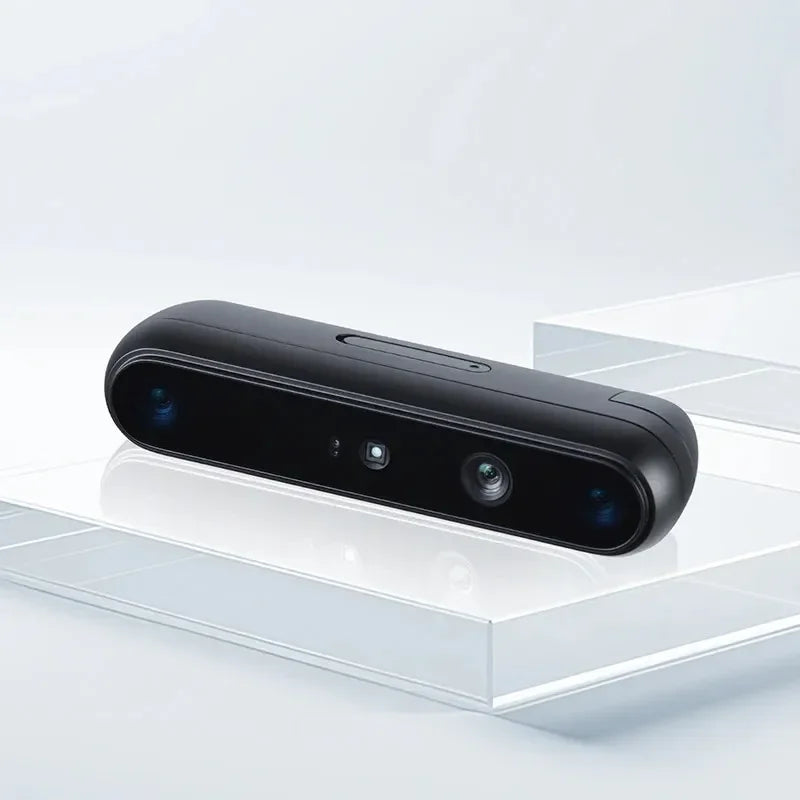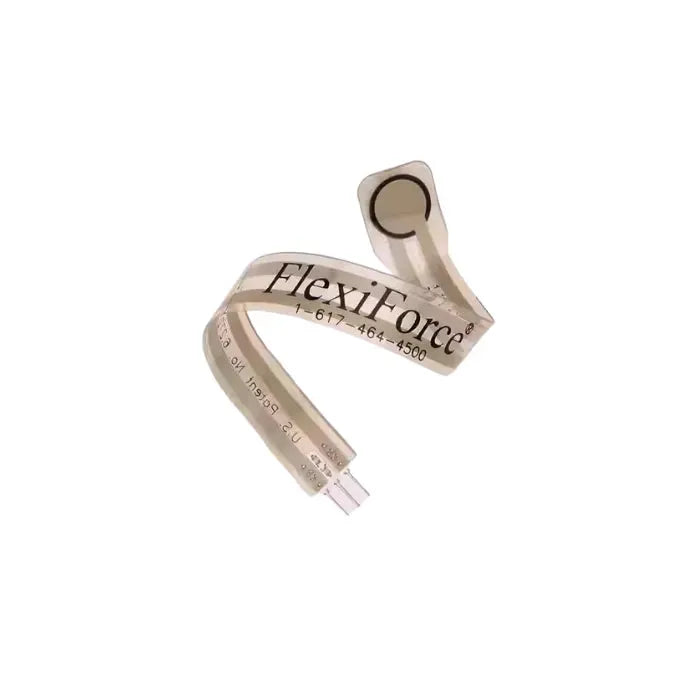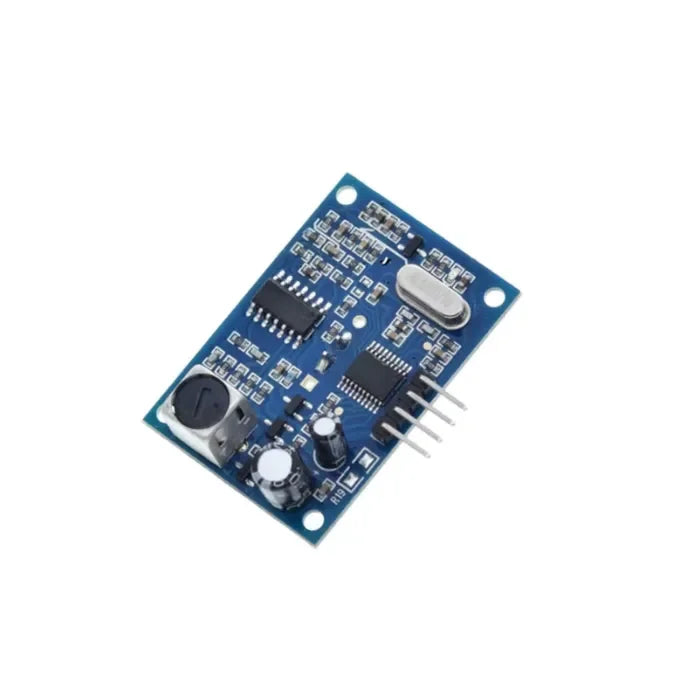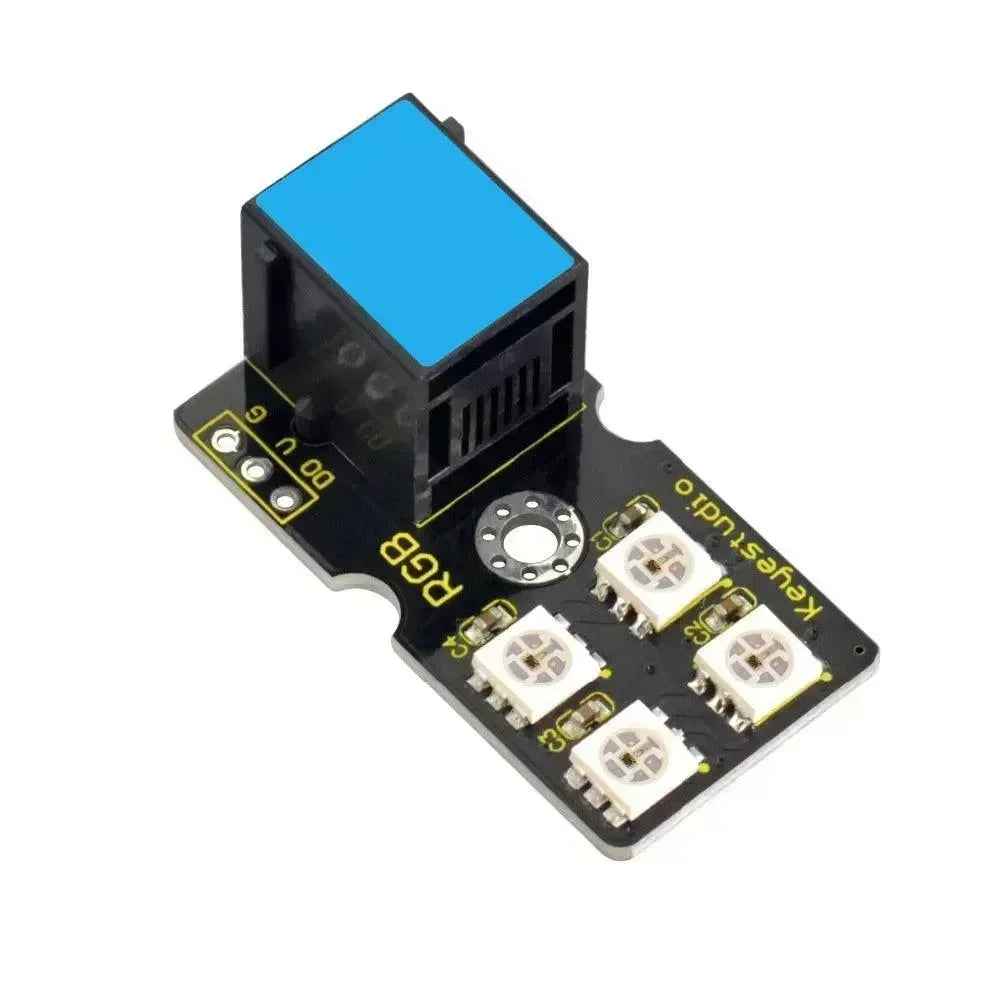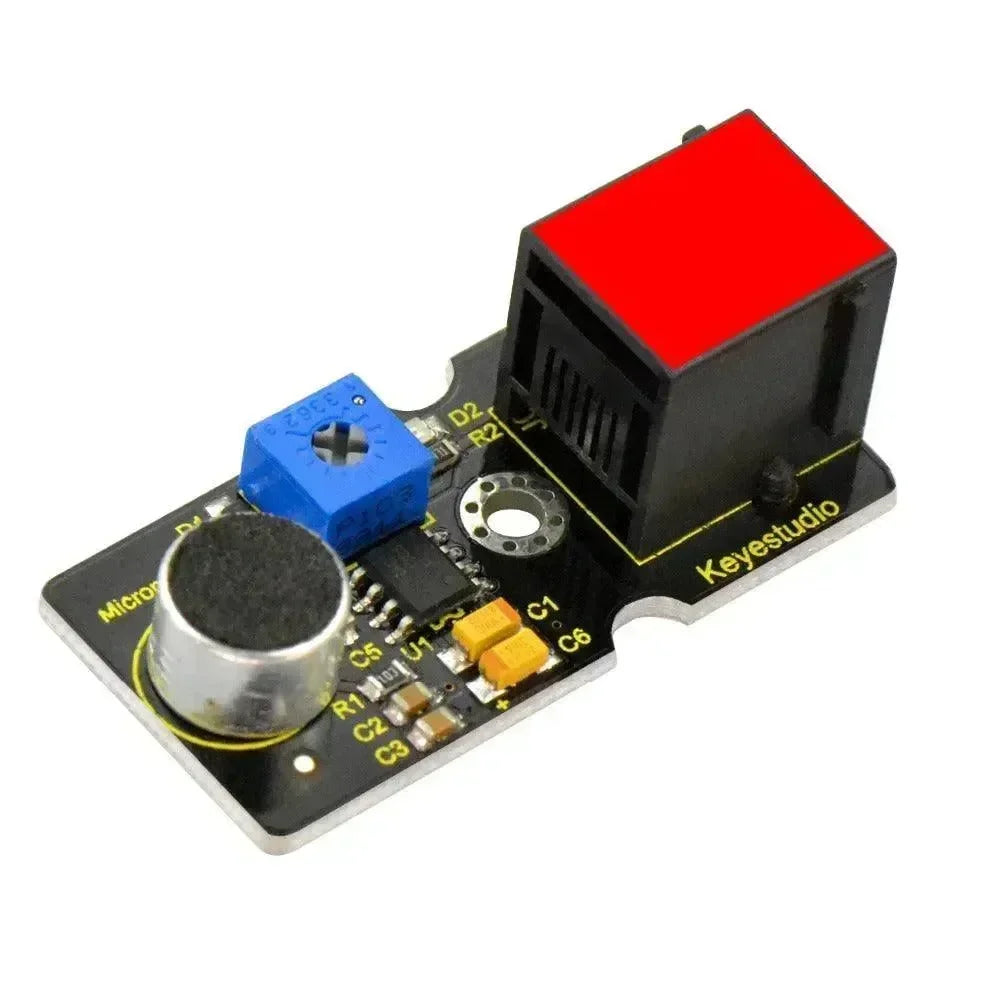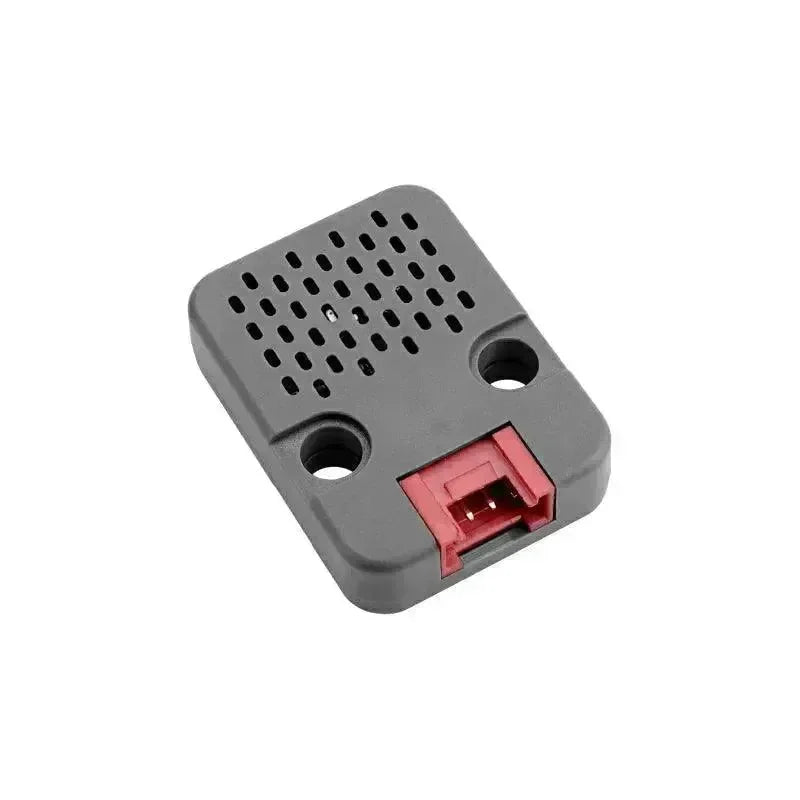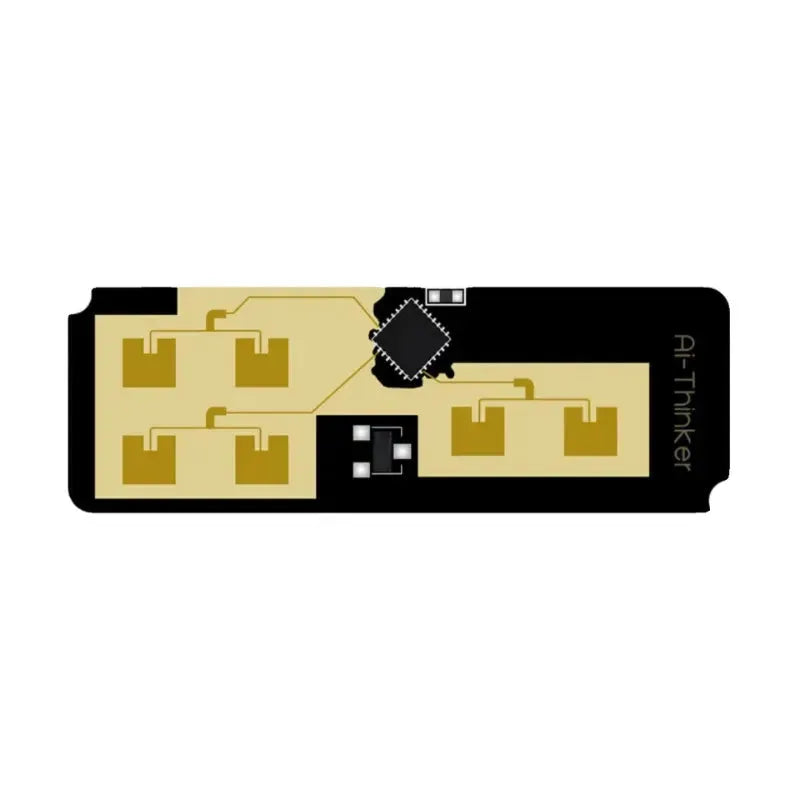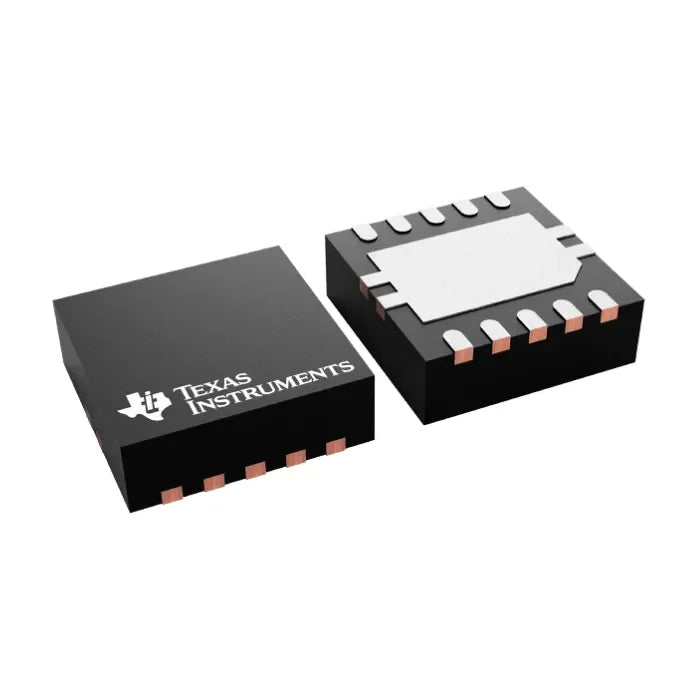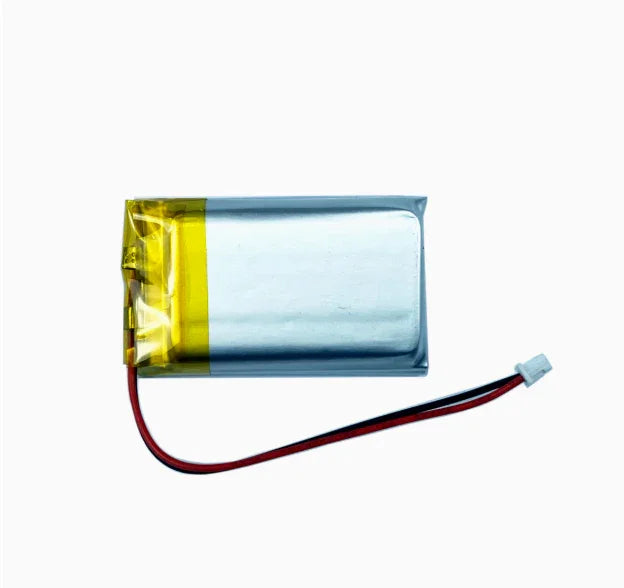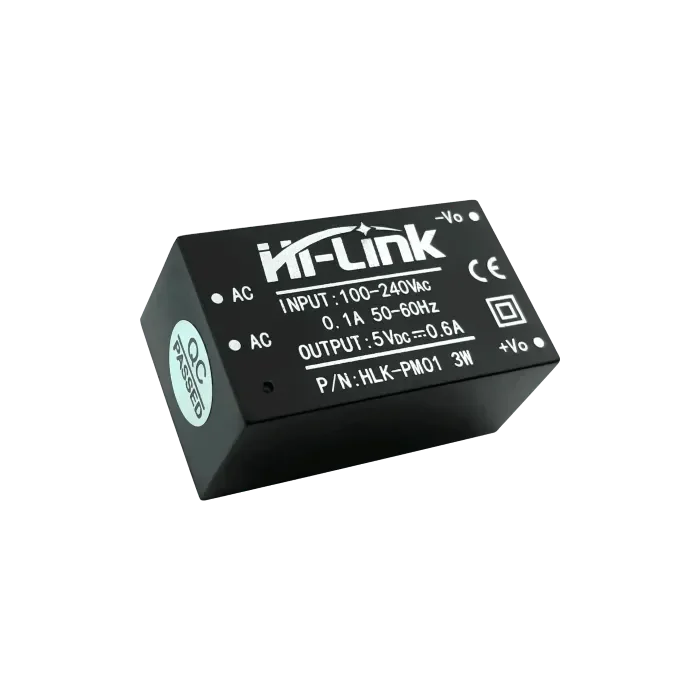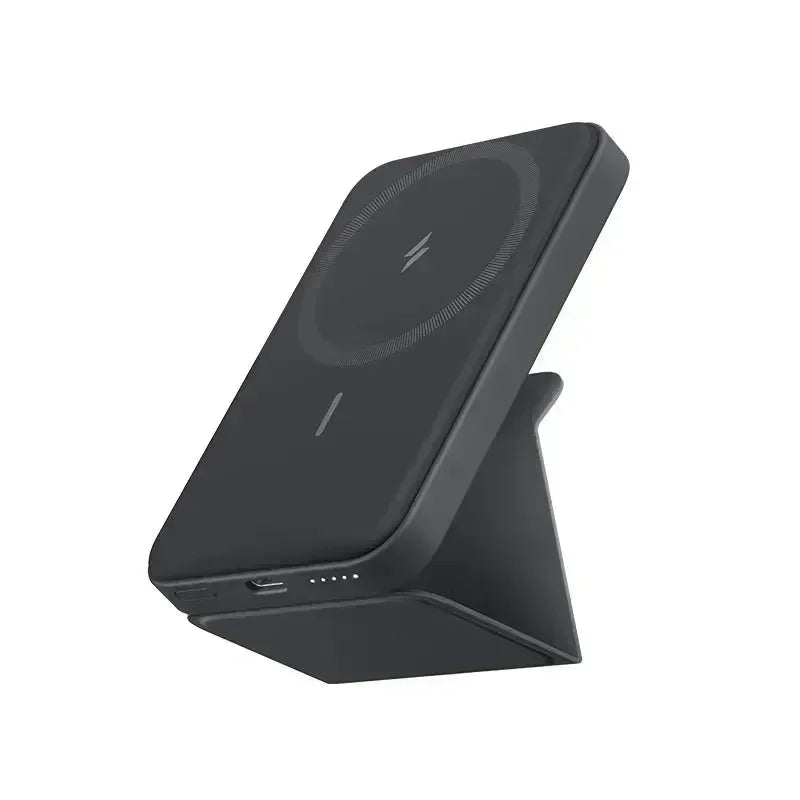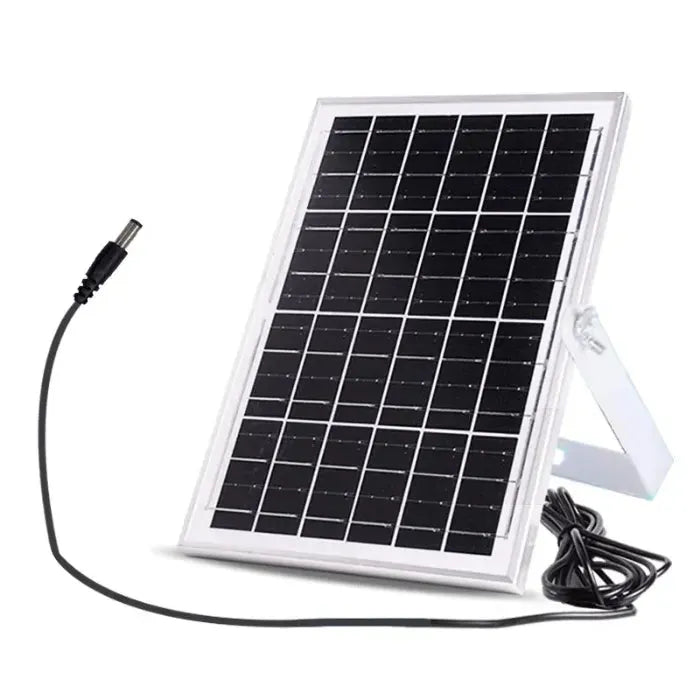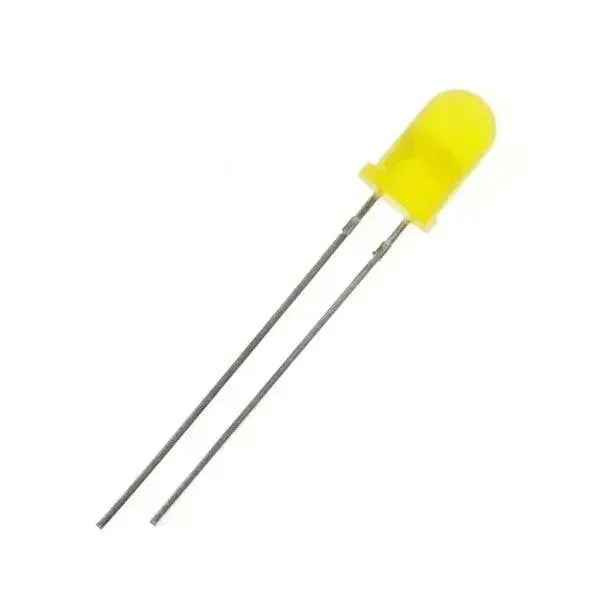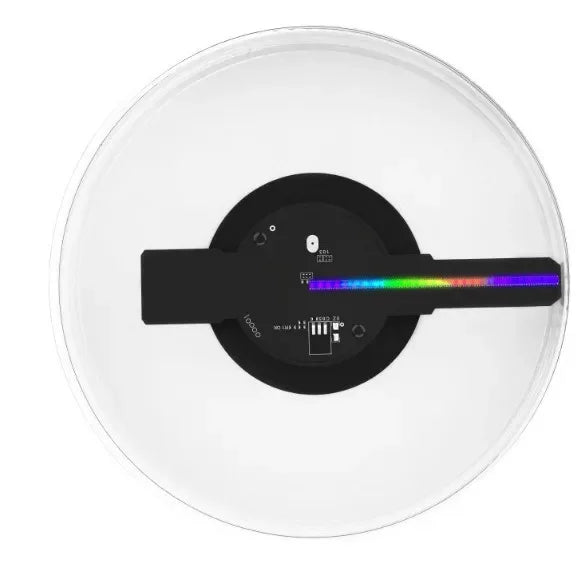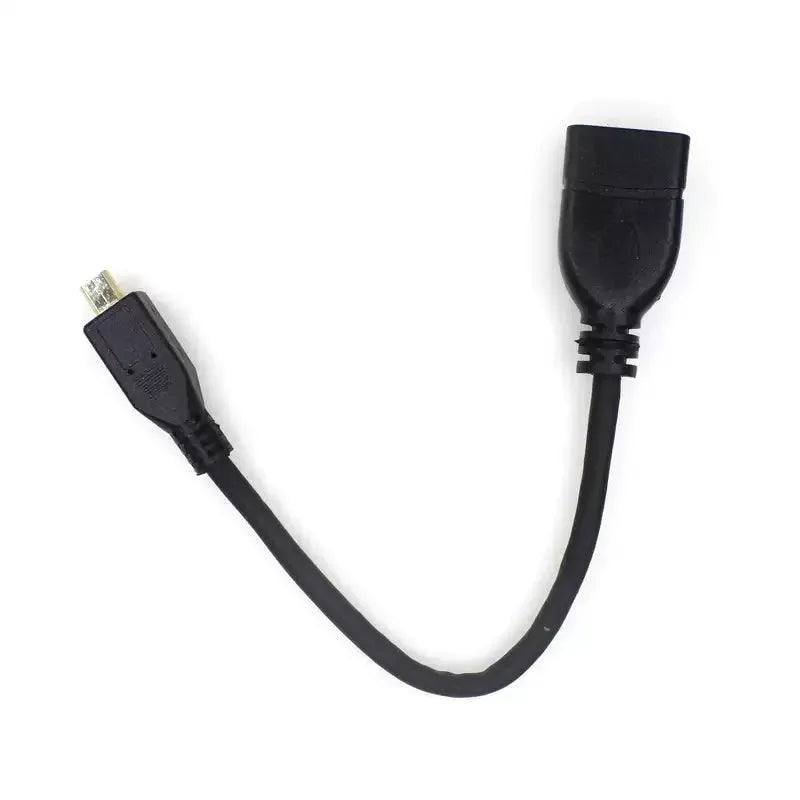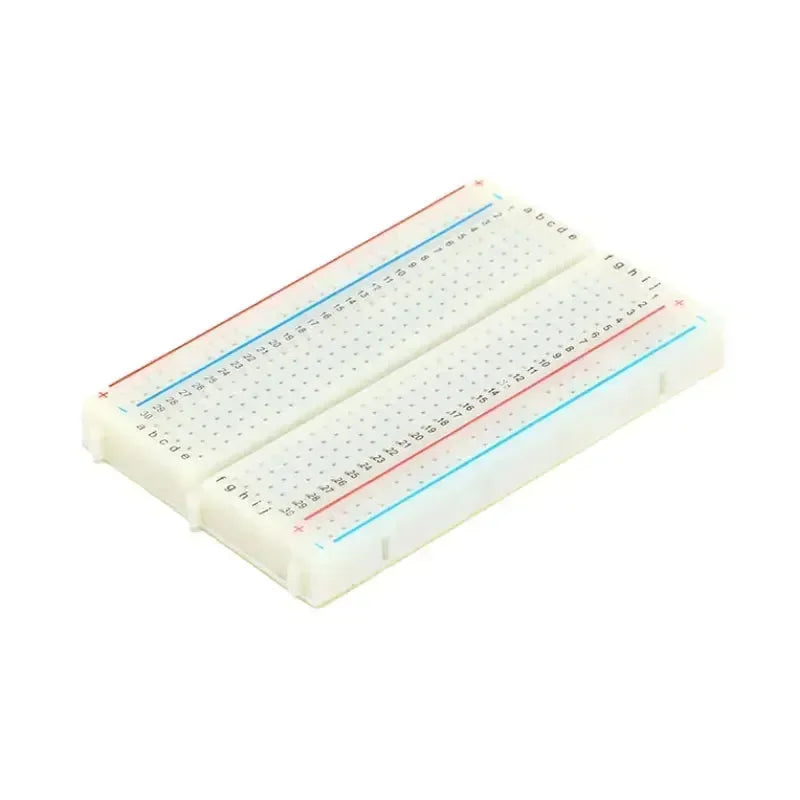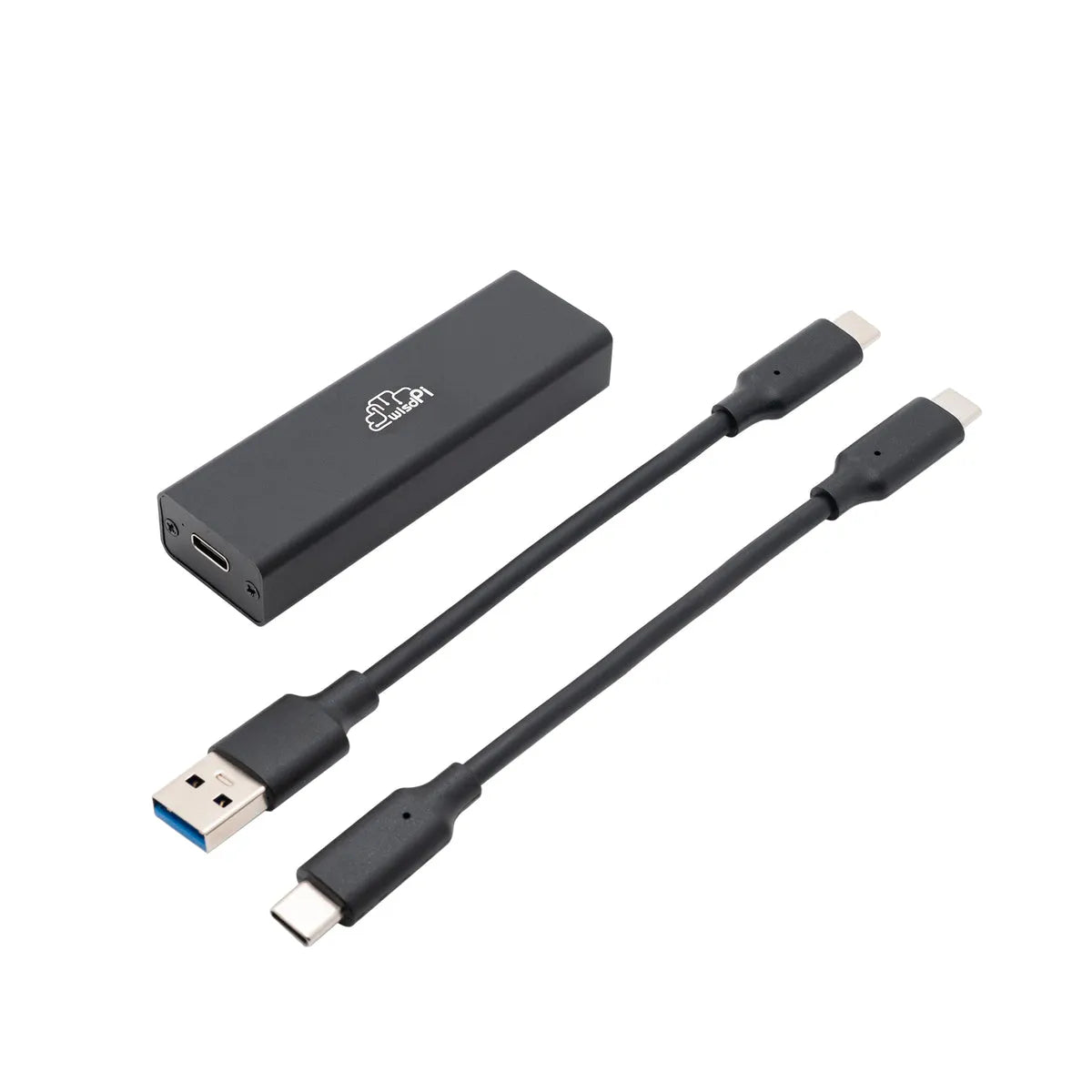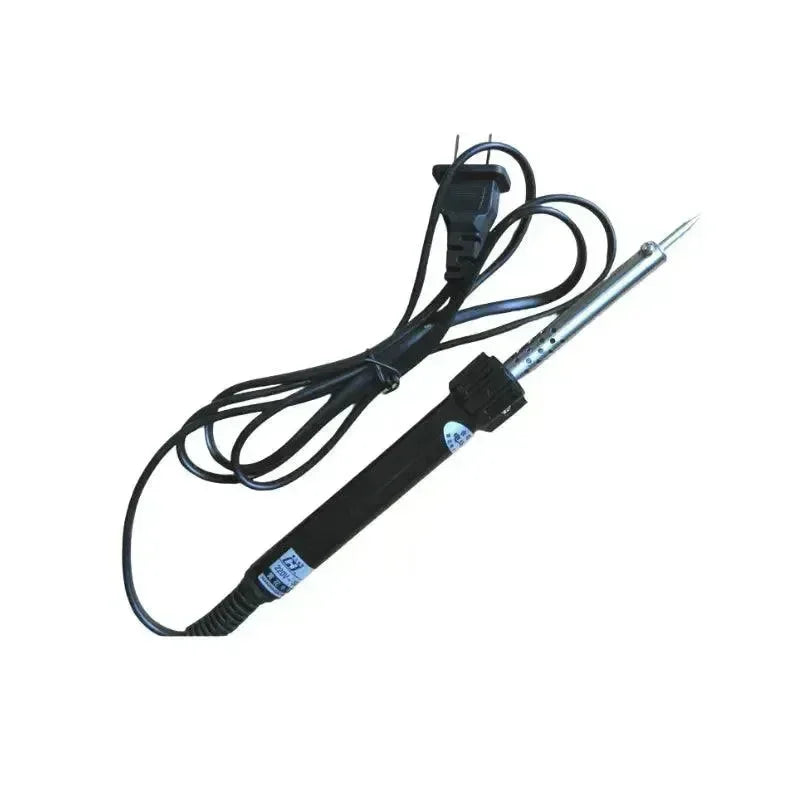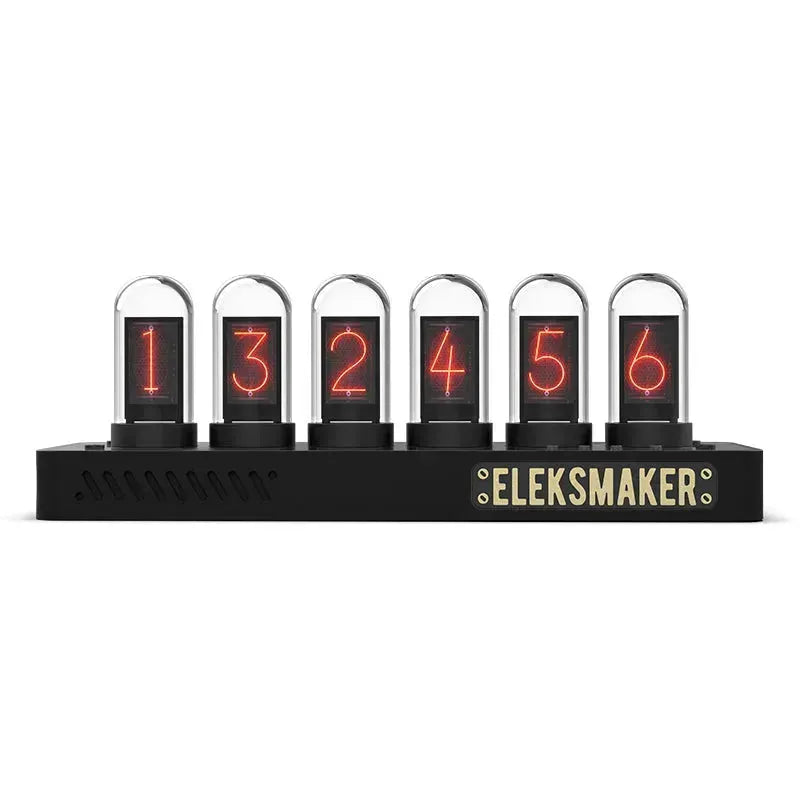Explorez le monde divers de Raspberry Pi Des modèles
Le Raspberry Pi est un micro-ordinateur incroyable développé par la Raspberry Pi Foundation, qui révolutionne le monde de l'informatique et du Électronique DIY. Depuis son lancement, plusieurs modèles de Raspberry Pi ont été lancés, chacun offrant des fonctionnalités et capacités uniques adaptées à différents projets et cas d'utilisation.
Dans cet article, nous détaillerons les différences clés entre les modèles Raspberry Pi et leurs fonctionnalités pour vous aider à choisir le meilleur Raspberry Pi pour votre projet. Que vous soyez amateur d'IoT, de robotique, de domotique ou de prototypage, il existe un modèle conçu pour répondre à vos besoins. besoins.

Le Raspberry Pi 1 original, sorti en 2012, a marqué le début d'une nouvelle ère dans l'informatique abordable. Il a ouvert la voie aux amateurs, aux étudiants et aux professionnels pour explorer l'électronique DIY et la programmation. Le Raspberry Pi 1 se déclinait en deux variantes principales :
1. Modèle A / A+
Ces modèles ont été conçus pour être rentables et économes en énergie, ce qui les rend idéaux pour les projets à faible consommation :
- Processeur : ARM monocœur
- RAM : 256 Mo (mise à niveau vers 512 Mo dans le modèle A+)
- Ports USB : Un
- Ethernet : Pas de port Ethernet
- Améliorations du Modèle A+ : facteur de forme plus petit et consommation d'énergie réduite
2. Modèle B / B+
Les modèles B offraient davantage d'options de connectivité, ce qui les rend mieux adaptés aux projets en réseau et aux applications nécessitant davantage de périphériques :
- Ports USB : deux (mis à niveau jusqu'à quatre dans le modèle B+)
- BÉLIER: 512MB
- Ethernet : Oui, avec prise en charge Ethernet 10/100
- Améliorations du modèle B+ : gestion de l’alimentation améliorée et disposition optimisée des broches GPIO pour une extension plus facile.

Sorti en 2015 , le Raspberry Pi 2 Model B a introduit des améliorations de performances majeures , ce qui en fait un modèle révolutionnaire dans le monde des ordinateurs monocartes abordables . Avec son processeur ARM Cortex-A7 à quatre cœurs et 1 Go de RAM , il offre beaucoup plus de puissance, permettant aux utilisateurs de gérer des tâches plus complexes et d'exécuter une gamme plus large d' applications logicielles .
Le facteur de forme du Raspberry Pi 2 modèle B est resté cohérent avec le modèle B+, garantissant une compatibilité totale avec les accessoires existants > comme les boîtiers, les alimentations et les HAT, ce qui facilite la mise à niveau des utilisateurs sans avoir besoin de nouveau matériel.

La série Raspberry Pi 3, lancée en 2016, a apporté une mise à niveau significative avec une connectivité sans fil intégrée, une avancée majeure pour la plate-forme. Cet ajout a rendu le Raspberry Pi encore plus adapté aux projets IoT et aux applications sans fil. La série comprend les modèles clés suivants :
1. Modèle A+
Ce modèle a conservé le facteur de forme compact de la série A+ mais présentait plusieurs améliorations importantes :
- Processeur : ARM Cortex-A53 quadricœur
- BÉLIER: 512MB
- Ethernet : Pas de port Ethernet
- Connectivité sans fil : Wi-Fi et Bluetooth intégrés
Sa conception plus petite le rend idéal pour les projets à faible consommation où la taille et l'efficacité énergétique sont essentielles.
2. Modèle B / B+
Les modèles B et B+ offrent plus de puissance et des options de connectivité étendues, ce qui les rend parfaits pour les applications plus exigeantes :
- Processeur : ARM Cortex-A53 quadricœur
- BÉLIER: 1GB
- Connectivité sans fil : Wi-Fi et Bluetooth intégrés
-
Améliorations du Modèle B+ :
- Prise en charge de l'alimentation par Ethernet (PoE)
- Gestion de l'alimentation améliorée pour des performances stables
Ces modèles sont idéaux pour les applications IoT, les projets de maison intelligente et les scénarios dans lesquels la connectivité sans fil est essentielle.

Le Raspberry Pi 4 Model B , sorti en 2019 , a apporté une amélioration significative des performances, transformant la plate-forme Raspberry Pi en un remplacement de bureau performant. Avec un processeur ARM Cortex-A72 à quatre cœurs et des options de RAM de 2 Go, 4 Go ou 8 Go, il répond à diverses applications, des projets de bricolage aux tâches informatiques plus exigeantes.
Principales caractéristiques:
1. Sortie HDMI 4K double :
- Prend en charge deux moniteurs 4K simultanément , ce qui le rend idéal pour l'informatique de bureau ou les centres multimédias .
2. Ports USB 3.0 :
- Permet des vitesses de transfert de données plus rapides par rapport à l'USB 2.0, parfait pour le stockage externe et les périphériques.
3. Ethernet Gigabit :
-
Fournit des performances réseau améliorées pour des téléchargements plus rapides et un streaming.
4. GPIO amélioré :
-
Offre des options GPIO plus flexibles et plus puissantes, élargissant les possibilités d'interface matérielle et de projets personnalisés.

Le Raspberry Pi 400, lancé en 2020, est une version unique du Raspberry Pi 4, intégrant l'ordinateur directement dans un compact clavier. Ce modèle offre portabilité et facilité d'utilisation, ce qui le rend idéal pour l'éducation, l'informatique personnelle et les déplacements -allez aux projets.
Principales caractéristiques:
1. Conception tout-en-un :
- Le Raspberry Pi 400 combine un clavier et un ordinateur , simplifiant la configuration et réduisant l'encombrement.
2. Processeur Quad-Core ARM Cortex-A72 :
- Fournit des performances puissantes, idéales pour la navigation Web, le codage et les tâches bureautiques légères.
3. Jusqu'à 4 Go de RAM :
- Offre des performances fluides pour les logiciels éducatifs, la lecture multimédia et le multitâche de base.
4. Ports intégrés et connectivité :
- Comprend des broches USB, double HDMI 4K, Ethernet et GPIO, ce qui le rend aussi performant qu'un Raspberry Pi 4 standard.
5. Portable et facile à utiliser :
- Parfait pour les étudiants, les enseignants et tous ceux qui recherchent une solution informatique compacte et plug-and-play.

La série Raspberry Pi Zero est réputée pour son facteur de forme ultra-compact et ses prix abordable, ce qui le rend parfait pour les projets limités en espace et Électronique DIY. Cette série propose plusieurs modèles avec différents niveaux de performances et de connectivité, adaptés aussi bien aux amateurs qu'aux professionnels.
Modèles clés :
1. Raspberry Pi Zero
- Processeur : ARM monocœur
- BÉLIER: 512MB
- Connectivité : Un port mini HDMI et deux ports micro USB
- Idéal pour : les projets minimalistes où la taille et le coût sont critiques
2. Raspberry Pi Zero W / WH
- Connectivité sans fil : ajoute le Wi-Fi et le Bluetooth intégrés pour plus de flexibilité
- Zéro WH : comprend des en-têtes GPIO pré-soudés, simplifiant le prototypage et l'interface matérielle
- Idéal pour : les appareils IoT sans fil et le prototypage rapide
3. Raspberry Pi Zero 2 W
- Processeur : ARM Cortex-A53 quadricœur
- Performances : offre une amélioration significative des performances tout en conservant le même petit format
- Connectivité sans fil : Wi-Fi et Bluetooth inclus
- Idéal pour : les applications IoT plus exigeantes et le streaming multimédia dans des configurations compactes

La Raspberry Pi Pico, lancée en 2021, est une carte microcontrôleur construite autour de la puce RP2040, spécialement conçue pour applications intégrées. Contrairement aux modèles Raspberry Pi traditionnels, le Pico se concentre sur les applications temps réel à faible consommation, ce qui le rend idéal pour l'IoT, la robotique et Projets basés sur des capteurs.
Modèles et caractéristiques clés :
1. Raspberry Pi Pico
- Processeur : ARM Cortex-M0+ double cœur
- Idéal pour : Applications de contrôle en temps réel et systèmes embarqués
- Options d'E/S : GPIO, I2C, SPI, UART pour une interface flexible
2. Raspberry Pi Pico W
- Connectivité supplémentaire : le Wi-Fi, qui étend son utilisation aux projets IoT
- Idéal pour : la surveillance à distance, les capteurs sans fil et l'automatisation
3. Raspberry Pi Pico 2
- Version améliorée : offre plus de fonctionnalités et d'options de connectivité, augmentant ainsi la polyvalence
- Idéal pour : les projets intégrés plus avancés et les applications nécessitant plusieurs interfaces

Modules de calcul : applications industrielles
Les modules de calcul Raspberry Pi sont conçus pour les applications industrielles et embarquées, offrant une plus grande flexibilité en termes de options de mémoire et de stockage. Ces modules sont conçus pour être intégrés dans du matériel personnalisé, permettant aux entreprises et aux développeurs de créer des solutions spécialisées utilisant l'architecture de Raspberry Pi.
- CM3, CM3+ : Basés sur l'architecture Raspberry Pi 3, ces modules offrent diverses configurations de RAM et de stockage.
- CM4 : Basé sur l'architecture Raspberry Pi 4, offrant encore plus d'options de personnalisation et d'intégration dans les systèmes industriels.
| Modèle | Processeur | Options de RAM | Connectivité | Ports USB | Ports HDMI | Fonctionnalités spéciales |
| Raspberry Pi 1 | ARM monocœur | 256 Mo/512 Mo | Ethernet (Modèle B/B+), Pas de Wi-Fi | 4 janvier | 1 | Basse consommation énergétique |
| Raspberry Pi 2 | Processeur quadricœur ARM Cortex-A7 | 1GB | Ethernet, pas de Wi-Fi | 4 | 1 | Performance améliorée |
| Raspberry Pi 3 | Processeur ARM Cortex-A53 à quatre cœurs | 512 Mo/1 Go | Ethernet (Modèle B/B+), Wi-Fi, Bluetooth | 4 janvier | 1 | Connectivité sans fil intégrée |
| Raspberry Pi 4 | Processeur quadricœur ARM Cortex-A72 | 2 Go/4 Go/8 Go | Gigabit Ethernet, Wi-Fi, Bluetooth | 4 (2x USB 3.0, 2x USB 2.0) | 2 (4K) | Dual 4K HDMI, USB 3.0 |
| Raspberry Pi 400 | Processeur quadricœur ARM Cortex-A72 | 4GB | Gigabit Ethernet, Wi-Fi, Bluetooth | 3 | 1 (4K) | Clavier intégré |
| Raspberry Pi Zéro | ARM monocœur | 512MB | Pas d'Ethernet, Wi-Fi (zéro W/WH), Bluetooth (zéro W/WH) | 1 | 1 (mini) | Ultra-petit facteur de forme |
| Raspberry Pi Zero 2 W | Processeur ARM Cortex-A53 à quatre cœurs | 512MB | Pas d'Ethernet, Wi-Fi, Bluetooth | 1 | 1 (mini) | Performance améliorée, petite taille |
| Raspberry Pi Pico | Processeur dual-core ARM Cortex-M0+ | 264 Ko de mémoire SRAM | Pas d'Ethernet, pas de Wi-Fi (Pico W ajoute le Wi-Fi) | 0 | 0 | Microcontrôleur, E/S flexible |
| Module de calcul 3/3+/4 | Varie (basé sur Pi 3/4) | Varie | Personnalisable (dépend de la carte porteuse) | Varie | Varie | Applications industrielles |
Choisir le bon Raspberry Pi
Lors de la sélection d'un modèle Raspberry Pi, il est essentiel de prendre en compte les exigences spécifiques de votre projet. Avec une variété de modèles disponibles, chacun adapté à différents cas d'utilisation, l'écosystème Raspberry Pi offre des solutions pour tout, de la simple électronique DIY à l'automatisation industrielle. .
Quel modèle Raspberry Pi choisir ?
-
Pour des projets de bricolage simples ou pour apprendre à coder :
- Le Raspberry Pi Zero ou le Raspberry Pi Pico sont idéaux pour les projets à petite échelle, les débutants et la pratique du codage. Leur faible coût et leur conception compacte les rendent excellents pour les systèmes embarqués et les projets portables.
-
Pour les centres multimédias ou une utilisation sur bureau :
- Le Raspberry Pi 4 ou le Raspberry Pi 400 offrent des performances supérieures et des options de connectivité avancées, ce qui les rend adaptés à l'exécution d'un environnement de bureau ou un centre multimédia 4K.
-
Pour les applications industrielles et embarquées :
- Les modules de calcul (CM3, CM4) offrent des personnalisation et des capacités d'intégration, parfaites pour l'automatisation industrielle et l'IoT. systèmes qui nécessitent des solutions sur mesure.
L'écosystème Raspberry Pi continue de s'étendre, offrant une gamme polyvalente de modèles pour diverses applications. De la domotique à la robotique en passant par l'éducation, la plateforme Raspberry Pi permet aux créateurs, aux étudiants et aux entreprises de créer des projets innovants qui repoussent les limites.

